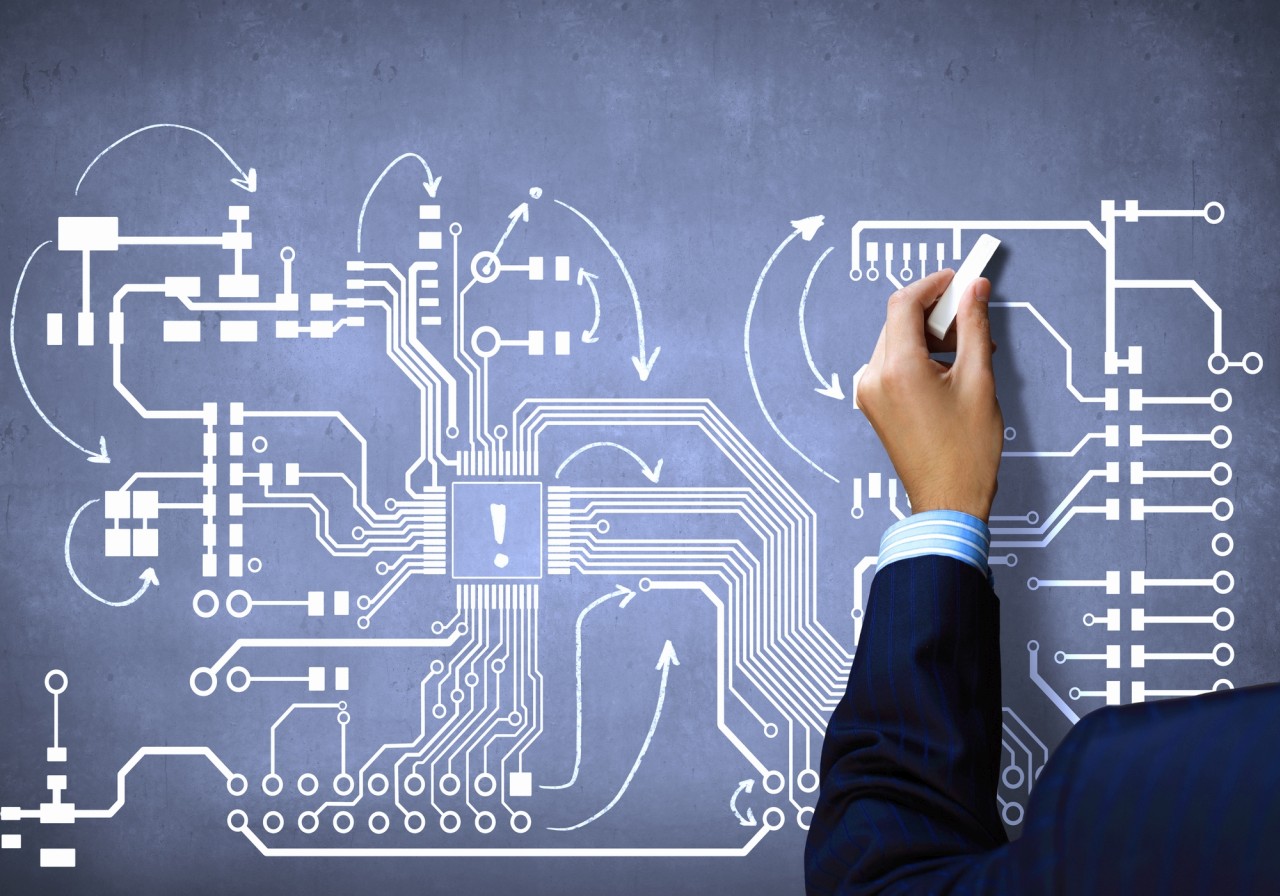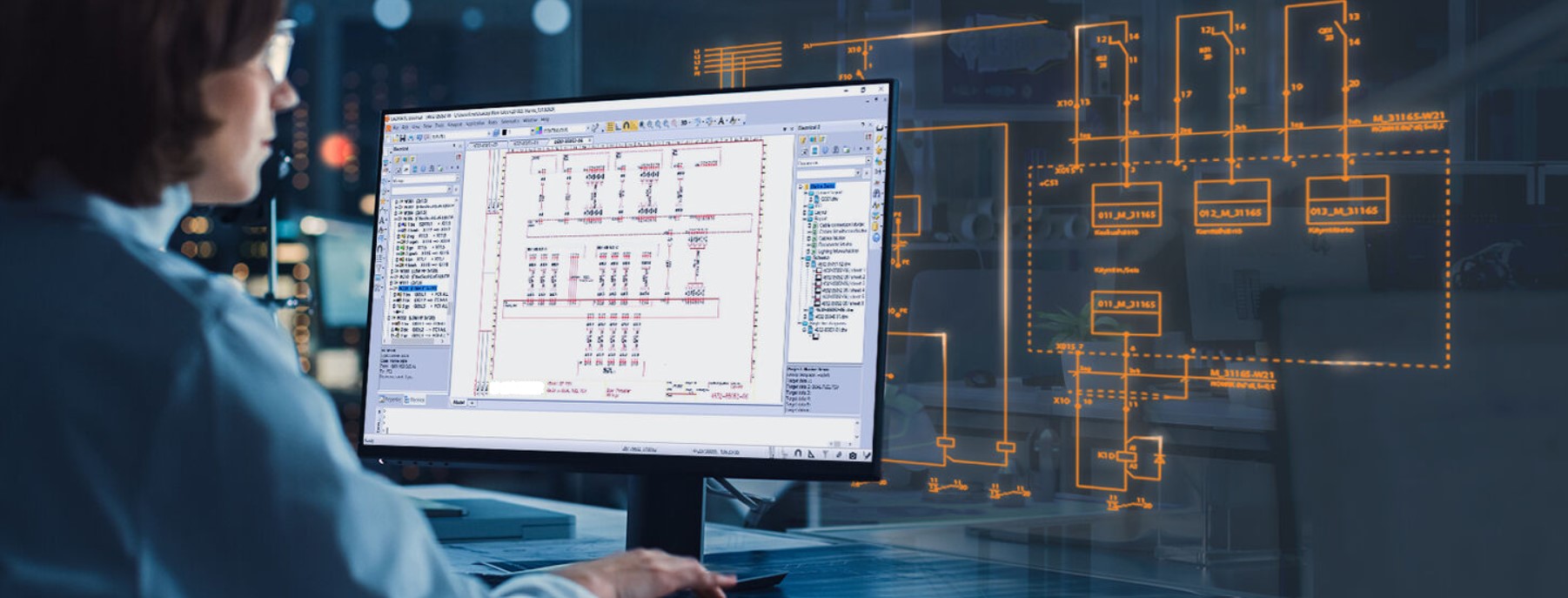Complete Industrial Electrical Design Services to Meet High Power Demands
Complete Industrial Electrical Design Services to Meet High Power Demands
Blog Article
Innovative Electric Design Services for Modern Infrastructure
As city settings expand significantly complicated, integrating modern technologies such as clever grids and sustainable energy sources becomes extremely important. These improvements not only assure to maximize energy usage however likewise foster resilience against future needs.
Value of Innovative Electrical Design
Innovative electric design plays an essential function in modern-day facilities, affecting not only effectiveness but likewise sustainability. As cities evolve and the need for power rises, the need for advanced electric systems comes to be critical. These systems need to not only fulfill present needs but also prepare for future growth and technological advancements.
A well-executed electric design can substantially decrease energy consumption, thereby lowering functional expenses and decreasing environmental impact. By integrating sustainable energy sources, such as solar panels and wind generators, ingenious designs can boost energy self-reliance and strength. Smart grid modern technologies allow for real-time tracking and monitoring of power circulation, maximizing performance and decreasing waste.
Safety and security is an additional vital aspect of electric design. Applying extensive standards and sophisticated technologies can mitigate dangers related to electric failures, guaranteeing a protected setting for companies and residents alike. Additionally, ingenious layouts promote adaptability, permitting facilities to integrate arising innovations seamlessly.
Secret Trends in Electric Design
As the landscape of electrical design continues to progress, a number of vital fads are shaping the future of the industry. One substantial trend is the assimilation of smart technology right into electric systems. The expansion of the Net of Points (IoT) has actually made it possible for real-time monitoring and control of electric tools, improving efficiency and facilitating anticipating upkeep.
One more fad is the growing emphasis on modular design. This method enables scalable and versatile services, enabling framework to adjust to transforming requirements without comprehensive improvements. Furthermore, using advanced simulation tools and Building Information Modeling (BIM) is becoming increasingly prevalent, simplifying the design process and enhancing partnership among stakeholders.
Additionally, improvements in products scientific research are causing the advancement of lighter, a lot more resilient, and energy-efficient elements. This technology is especially essential for high-performance buildings and facilities tasks.
Finally, there is a significant change in the direction of data-driven decision-making - electrical engineering design services. Leveraging information analytics aids designers optimize systems for performance and cost-effectiveness. With each other, these trends indicate a transformative period in electrical design, enhancing functionality, sustainability, and strength in modern-day infrastructure
Sustainable Power Solutions
Sustainable energy remedies are progressively coming to be a critical focus in electrical design, reflecting a wider dedication to ecological duty and resource effectiveness. These remedies intend to lessen ecological effect while optimizing power usage in different infrastructures, from residential buildings to huge business centers.
Among the primary strategies includes the integration of renewable resource resources, such as photovoltaic panels and wind turbines, right into electric systems. This not just lowers dependence on fossil fuels yet also improves energy durability. Additionally, innovative power storage space systems, such as advanced batteries, make it possible for efficient management and circulation of power, making sure that surplus energy generated during optimal manufacturing can be made use of during high demand durations.
Moreover, energy-efficient design methods are being taken pop over to this web-site on to enhance overall system performance. This includes using energy-efficient lights, cooling and heating systems, and clever building modern technologies that adjust and monitor energy use based on occupancy and environmental conditions.
Smart Grid Technologies
The application of lasting power remedies naturally causes the exploration of clever grid modern technologies, which play a pivotal function in modernizing electric systems. Smart grids leverage progressed communication technologies and data analytics useful content to boost the reliability, effectiveness, and sustainability of electrical power circulation. By incorporating digital technology with traditional grid framework, these systems help with real-time tracking, automated control, and improved decision-making capabilities.
One of the key attributes of smart grids is their capacity to fit renewable resource sources, such as solar and wind power. This adaptability not just decreases dependence on nonrenewable fuel sources but likewise enables an extra decentralized power manufacturing model. Furthermore, wise grids make it possible for need reaction programs, where consumers can readjust their energy use based upon real-time prices, consequently promoting power conservation and minimizing peak tons demands.
Additionally, smart grid modern technologies enhance grid durability by making it possible for quicker recognition and resolution of blackouts, eventually minimizing downtime. With anticipating upkeep and analytics, utilities can enhance procedures and enhance service shipment. As communities and cities proceed to develop, clever grid innovations are necessary for constructing a reliable and lasting electric infrastructure that satisfies the needs of modern-day culture.

Future-Proofing Facilities
To guarantee long-lasting viability and flexibility, future-proofing infrastructure is necessary in the swiftly evolving landscape of electric design services. As innovation breakthroughs and energy needs shift, it is critical that electrical systems are designed with adaptability in mind. This requires integrating scalable services that can accommodate future upgrades without requiring extensive overhauls.

Furthermore, sustainability has to be a cornerstone of future-proofed layouts. Using renewable resource resources, such as solar and wind, and optimizing energy efficiency decrease dependency on nonrenewable fuel sources, lining up with worldwide efforts to battle environment adjustment.
Verdict
In final thought, cutting-edge electric design services play an essential duty in forming contemporary infrastructure. By focusing on efficiency, adaptability, and sustainability, these solutions deal with the evolving demands of power systems. The assimilation of clever grid innovations and sustainable power solutions boosts durability and lowers operational expenses. Future-proofing infrastructure via advanced simulation devices and modular approaches makes sure that electrical systems continue to be responsive to transforming needs, inevitably adding to a more energy-independent and sustainable future.
A well-executed electrical design can substantially minimize power usage, therefore reducing operational expenses and lessening ecological impact. By integrating renewable power sources, such as solar panels and wind turbines, innovative layouts can enhance power independence and resilience. Additionally, innovative power storage systems, such as innovative batteries, enable reliable administration and circulation of energy, ensuring that excess energy created during optimal production can be used during high demand periods.
Smart grids enable need feedback programs, where customers can change their power use based on real-time rates, therefore advertising power preservation and reducing peak load needs. (residential electrical design)
As technology breakthroughs and power needs change, it is vital that electrical systems are designed with adaptability in mind.
Report this page